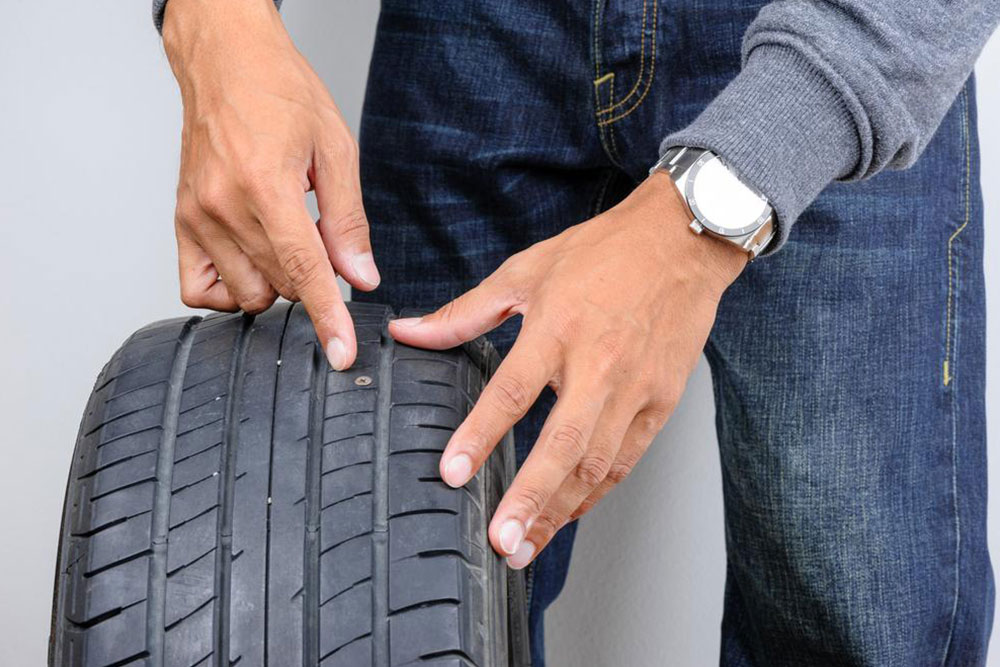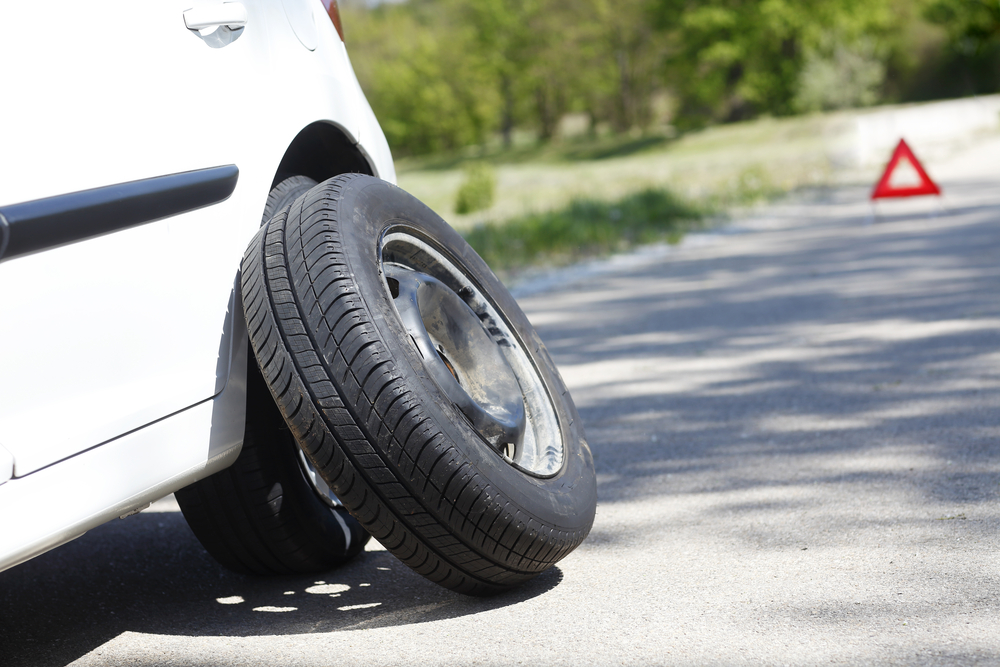Understanding Tubeless Tire Technology and Benefits
This article explores the history, design, and advantages of tubeless tires. From early attempts in the 1930s to modern industry standards, learn how tubeless technology offers superior sealing, durability, and safety benefits over traditional tires. Understanding these developments helps in making informed decisions for vehicle maintenance and upgrades.
Sponsored

In the 1930s and 1940s, manufacturers in England and South Africa explored creating tubeless tires. England's Killen Tire received a patent in 1930, while South Africa's Wingfoot Corporation, part of Goodyear, secured a patent in 1944. However, both faced technical challenges that hindered production, leading to discontinued efforts. In 1952, Frank Herzegh of BF Goodrich patented a tubeless design using chloro-butyl rubber, offering improved air retention. Unlike traditional tires with a separate inner tube, tubeless tires seal directly against the rim, providing advantages like reduced blowouts, higher durability, and enhanced ride comfort. Today, tubeless tires are the industry standard worldwide.






